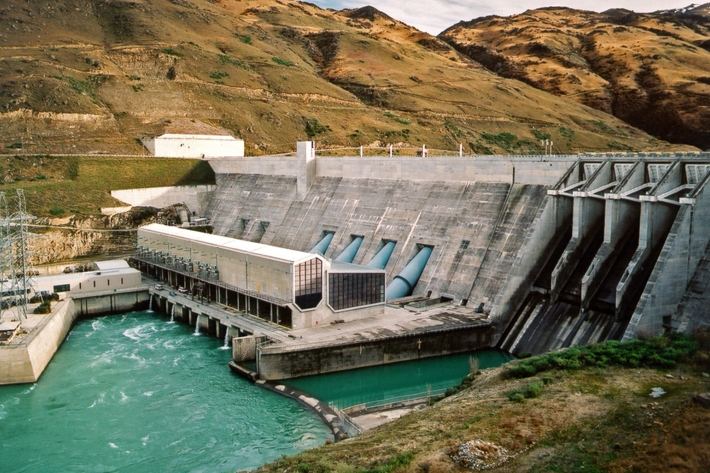A resource consent is typically required when taking, damming, or diverting water.
Water take involves abstracting water from a stream, lake or river for land use activities such as irrigating agriculture and horticulture land, or for industry use such as water used by a meat processing plant. A water permit is needed to take water unless it is for human consumption or stock water.
Containment of water behind a dam, weir, or stop bank for urban water supply or energy generation also requires a consent, as does diverting water away from a waterway, which may involve taking water away from a wetland area for agricultural use, or when adding culverts and channels in roadworks.
Depending on the scale of the proposed activity, the taking, damming, or diverting of water may affect the ability of plants and animals to utilise these habitats. Water quality and mahinga kai may be impacted by changes in water supply (quantity and velocity) or access to suitable habitats. Potential impacts need to be assessed before an application for resource consent is submitted.
-

Water dams
Damming water for urban use, hydro-electric power generation, irrigation, and other industrial and commercial uses. -
Water diversion
Diverting water away from its natural channel for commercial or private use. -

Water take
Water take (also known as water abstraction) has a range of valuable public and private uses.
